How To Prevent Osteoporosis from developing?
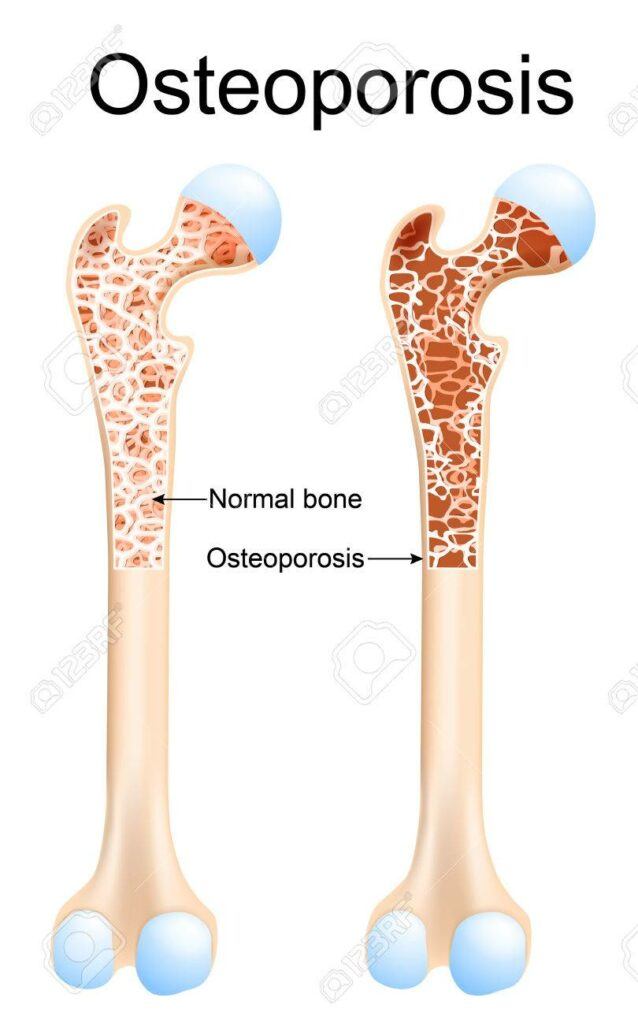
How you can prevent reverse Osteoporosis? Osteoporosis is a bone disease indicating low bone mass and deterioration of bone tissue. The bones become weaker, spongier, and prone to fracturing. The spine is starting to curve. Unfortunately, if detected at the time of a break, the disease is already fairly advanced. My mother suffered from osteoporosis at age 80 until she passed away at 89. Her spine was gradually curving and she also became short when she reached 85 years of age. Her own mother also suffered from osteoporosis for a few years before she passed away.
According to a report, some people don’t know they have osteoporosis until they fracture a bone. If you think you are suffering from osteoporosis, practice caution when moving around the house doing some work and if you have to use a ladder to try to reach for something, take extra care as the bone may break much more easily if you fall.
A serious case of osteoporosis can put our bones at risk for breaking from minor things like sneezing, accidentally bumping into something hard. The report also stated that the process of bone loss begins much earlier in life. Bone mass stops increasing around age 30. The lifestyle and habits someone chooses can either maintain healthy bones or start promoting bone weakness and porosity.
Know The Causes To Prevent Reverse Osteoporosis
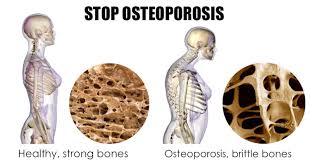
Women over 50 years of age, postmenopausal, have a family history of osteoporosis, and have a small frame, are more prone to develop osteoporosis. As women age, bones tend to lose more calcium than they maintain, which raises the likelihood of developing osteoporosis. Moreover, osteoporosis is more common among postmenopausal women.
An individual lifestyle can contribute to osteoporosis risk. Smoking habit, sedentary lifestyle, being under or overweight, drinking too much alcohol, not eating enough fruits and veggies, and eating excessive protein, fat, and sodium, as well as not getting enough calcium, vitamin D, magnesium, or vitamin B12, can all raise the risk for osteoporosis.
Medications and Pre-existing Health Conditions
Certain medications may also aid in bone loss, such as steroids like glucocorticoids, proton pump inhibitors to reduce stomach acid, the class of antidepressants known as selective serotonin receptor inhibitors, some type 2 diabetes medications like thiazolidinediones, anticonvulsants, heparin to prevent blood clots, and paclitaxel or docetaxel for chemotherapies. If you are on any of these medications, and not sure how it may be impacting your bone health, speak with your healthcare practitioner so you can make an informed choice.
Pre-existing health issues can put you at risk of developing osteoporosis. Health issues like Celiac disease, multiple myeloma, inflammatory bowel disease, cancer, lupus, kidney or liver diseases. A report stated that drinking milk and consuming dairy products every day will actually increase your risk of bone fractures.
A study of a group of women between ages 34 and 59 was tracked for 12 years. In this age group, those who consumed the most calcium from dairy foods broke more bones than those who rarely drank milk. The study proves it is not necessary to consume dairy from cows to have strong bones. Also, getting large amounts of calcium might not help much, if at all. Getting enough calcium is still good to make our bones strong. Also, in one study, it was reported that fracture rates are significantly higher among populations that consume higher amounts of dairy in countries like U.S. Great Britain, and Scandinavia, compared to those that consume little or no dairy.
Preventing and Reversing Osteoporosis
1) Practice a good dietary habit by eating nutrient-dense food.
2) A weight-bearing exercise for at least 30 minutes by engaging your body in things like walking, running, weight-lifting, dancing, climbing stairs, and playing tennis. The strain of muscular activity stimulates our bodies to shore up bones.
3) Get just enough Calcium and Vitamin D daily or direct sun exposure will strengthen the bones.
4) Supplementing yourself with vitamin B12 will also support good bone health.
5) Hydrolyzed collagen has a positive therapeutic effect on osteoporosis and osteoarthritis with a potential increase in bone mineral density or BMD, a protective effect on articular cartilage (highly specialized connective tissue), and especially in the symptomatic relief of pain. Collagen is a protein, an important building block for bone. Learn more about collagen here.
6) Vitamin C helps our body make collagen, which helps our bone fracture heal.
The following is the recommended dietary allowances (RDA) for calcium based on age groups:
- 0-6 months = 200 mg
- 7-12 months = 260 mg
- 1-3 years = 700 mg
- 4-8 years = 1000 mg
- 9-13 years = 1300 mg
- 14-18 years = 1300 mg
- 19-50 years = 1000 mg
- 51-70 years = 1000 mg for men; 1200 mg for women
- 71+ years = 1200 mg
The remodeling process of the bone occurs throughout life and becomes dominant by the time the bone reaches its peak mass typically by the early 20s. Remodeling continues throughout life so most of the adult skeleton is replaced about every 10 years.
These Foods Will Prevent Reverse Osteoporosis
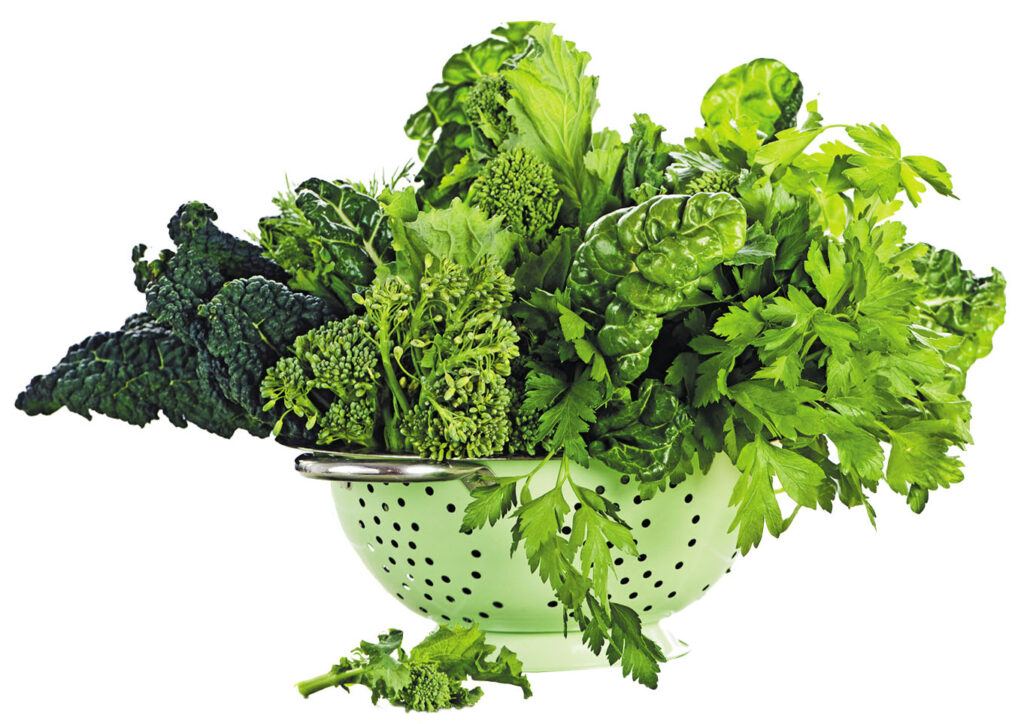
1) Green leafy vegetables like kale, mustard green, or romaine lettuce. Raw or cooked broccoli. There are calcium-rich plant foods that have oxalates that can inhibit the amount of calcium absorbed from them. Spinach, rhubarb, chard, and beet greens have oxalates that may limit calcium absorption to as little as 5%. However, if chard or beet greens are cooked in with other greens such as kale or collards, the oxalic acid in the chard or beet greens is not enough to compromise the value of the calcium in those other greens.
2) Beans and legumes like kidney beans, garbanzo beans, black beans, lentils, and green peas. Phytic acid, a compound found in beans inhibits the absorption of calcium. The phytate compound in beans can be reduced by soaking them overnight before cooking them in new water. Extended soaking and cooking of the beans can increase the bioavailability of the calcium minerals. Sprouting the beans will even be more effective.
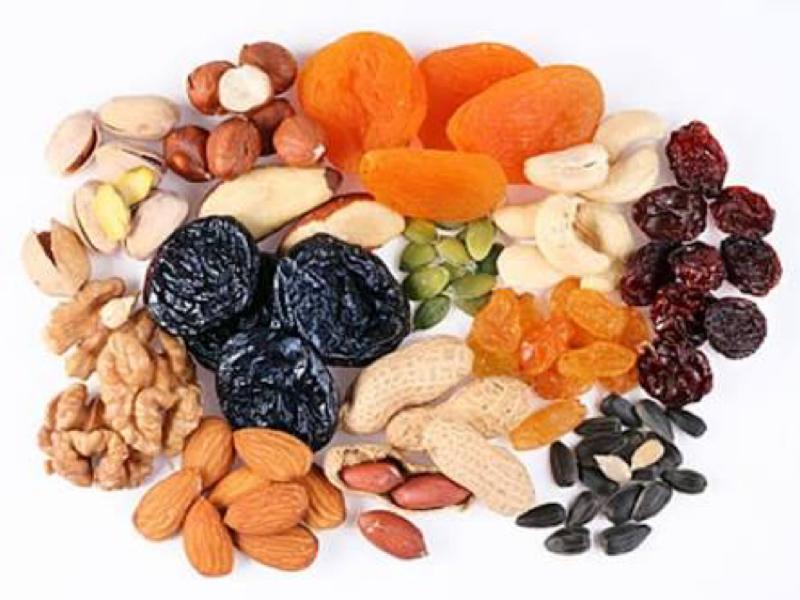
3) Dried fruits like figs, apricots, and raisins.
4) Nuts are a good source of healthy fats, proteins, calcium, and magnesium. Examples are almonds, sunflower seeds, pistachios, hazelnuts.
5)Organic soy products like edamame and tofu. Use organic to avoid GMOs.
Prevent Osteoporosis by Avoiding foods below
Avoid foods that are high in sodium, such as fast food, packaged food processed in high volume can promote calcium loss. Also, avoid using excessive salt on your home-cooked food.
Wheat Bran is high in phytic acid, will inhibit calcium absorption, therefore will not support bone health.
Alcohol consumption can lead to bone loss and increase your risk of osteoporosis. If you drink any alcoholic beverages, keep in mind that they are no friend to your skeleton.
Limit consumption of caffeinated beverages. Avoid those beverages within 2 hours of eating calcium-rich food or taking supplements. Sodas particularly dark colas can contribute more to bone loss than others due to their higher phosphorus content, which appears to harm bone health when consumed in large amounts.
Avoid consuming a lot of animal protein as our body will actually dissolve our bones to get a quick hit of calcium and magnesium into our bloodstream. Animal protein has high sulfur-containing amino acid content, especially cystine and methionine. Sulfur in meat protein converts to sulfate in our body, which has an acidifying effect on our blood. Our body interprets acidic blood as a life-threatening emergency and will do whatever it can to bring the blood pH back into the safe range. Our body will dump calcium fast and other alkaline minerals like magnesium into the blood to neutralize the acid.
How You Can Prevent Reverse Osteoporosis
While the risk of osteoporosis and bone loss increases as you age, you can help prevent it, and in some cases, reverse its course by paying special attention to your lifestyle factors. Even if you don’t currently have osteoporosis, a little bit of prevention now can go a long way in ensuring a healthy future.
If you have severe osteoporosis, however, remain prudent. While it’s never too late to start doing something to reverse osteoporosis. Start slowly with caution and you may want to talk with your health care provider, who might recommend that you do a fitness assessment and bone density test to determine the best next steps. Some of the activities most often recommended for people with osteoporosis include stability and balance exercises, flexibility training exercises focused on the upper back. Should you have advanced osteoporosis, your healthcare provider may refer you to a physical therapist to help ensure your exercise regimen is safe and appropriate before starting.
Disclosure:
livelifewellall.com may earn an affiliate commission if you purchase something through recommended links in this article.
Join Wealthy Affiliate and learn how to make money online and be your own boss. Join for free training and have access to a free website. However, you have a choice to become a premium member and have access to endless information to further your training. The cost is very affordable especially if you sign up for the whole year. If you like learning, you will enjoy the Wealthy Affiliate and become part of the family.
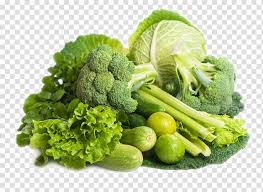
This is a very opportune time for me to be reading your post. My mother, who is 93 now, has been suffering from osteoporosis for many years and has been using a wheelchair for the past 12 years. I am very aware of the fact that I might be at risk and have started taking a calcium supplement which also has magnesium and zinc with it.
I find it interesting that people who consumed a lot of dairy products, actually have a higher risk of getting osteoporosis. Thank you for a very helpful and informative post about preventing and reversing osteoporosis.
Thank you for your comments. Yes, me too, thought that dairy products will help the bone to be stronger but not really true. My article gave some tips on how you can prevent osteoporosis and I hope you took some notes. I, myself is taking steps to prevent osteoporosis as it runs in my family on my mother’s side.
All the best,
Evelyn
Hi
This is a very detailed and interesting article on osteoporosis. It is even better as you have experienced the effects that osteoporosis has on family life, as both your mum and grandmother had it. It is such an unpleasant disease and it seems to affect women much more than men. I know that you constant worry when a parent with the disease falls, as this could occur a nasty break. It is great that you have put emphasis on prevention, as anything that stops the disease in its track or from progressing further, must be a blessing. My major concern is what happen if you have a condition where the calcium is not readily absorbed by the body, will that lead to osteoporosis in the future?
Thanks
Antonio
Hi Antonio,
Thank you for your question. Yes, I imagine the person will develop osteoporosis if not able to absorb calcium. According to a report when a body is not able to absorb Calcium, possibly the person has very low levels of Vitamin D. Vitamin D helps the absorption of calcium into the body. Pre-existing health issues can also prevent calcium absorption into the intestines and through the bloodstream, an example is a celiac disease. A person who thinks s/he is not getting enough calcium should double-check the food being consumed because there are vegetables and beans that have calcium inhibitor properties.
Thanks again for your visit and come again.
Evelyn